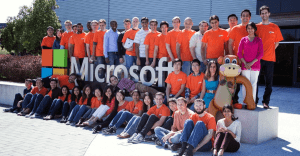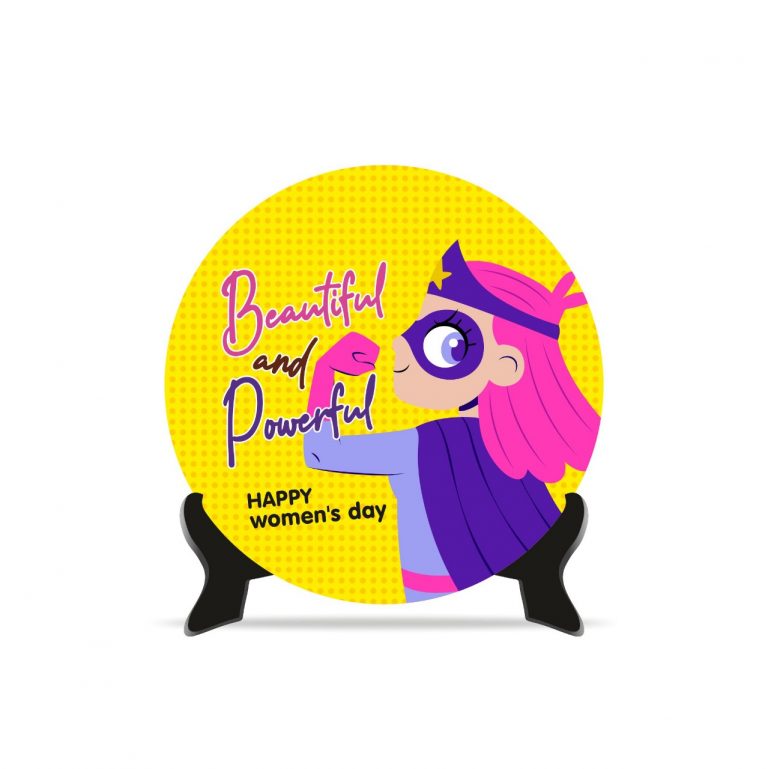The era of defining work as either fully remote or fully in-office is over. Today’s reality is Hybrid Work 2.0, a nuanced model that demands careful balancing of employee flexibility, organizational accountability, and powerful technology integration.
No organization is demonstrating this shift more authoritatively than Microsoft, which is leveraging internal data and its own Artificial Intelligence (AI) tools to redefine the experience of work.
This is more than a policy shift; it’s a strategic move that addresses the core elements of modern talent management: employer branding, workplace culture, and the employee experience.
Microsoft’s approach offers a robust framework for other global businesses navigating this complex landscape.
Defining the New Hybrid Structure
After years of post-pandemic experimentation, Microsoft has established a clear direction, moving to a structured hybrid model. This provides clarity, a critical element for employee satisfaction and planning.
Clear Expectations for In-Person Time
Microsoft recently clarified its expectation for a minimum of three days per week in the office for employees living within a certain proximity of a campus.
This move, starting with a phased rollout, signals a deliberate focus on the power of in-person collaboration.
This structure moves beyond vague guidance, creating a predictable rhythm for teams. The goal is to bring people together for what Microsoft calls the “moments that matter.”
Focusing on Intentional Connection
Microsoft’s internal engagement surveys reveal that employees need a better reason to commute than just company expectations.
They found that 84% of employees would be motivated by the promise of socializing, and 85% wanted to rebuild team bonds.
Microsoft’s data suggests the most valuable in-person moments are:
- Building relationships within and outside the immediate team.
- Onboarding new talent.
- Kicking off a new project.
By focusing on these deliberate gatherings, Microsoft shifts the perception of the office from a mandatory workspace to a collaboration hub, improving team alignment and well-being.
The AI Transformation of Productivity
The most significant evolution in Hybrid Work 2.0 is the integration of AI, and Microsoft is positioning its tools as central to this change. AI is the critical component for upholding accountability while maintaining flexibility.
AI as the Productivity Amplifier
Microsoft’s own research, which includes surveying 31,000 people across 31 countries and analyzing trillions of Microsoft 365 productivity signals, shows that employees are embracing AI.
Key findings show that users report AI helps them:
- Save time (90%).
- Focus on their most important work (85%).
- Be more creative (84%).
- Enjoy their work more (83%).
Tools like Microsoft 365 Copilot are automating routine cognitive tasks-summarizing emails, generating document drafts, and analyzing data-which allows employees to reallocate time to complex, strategic, and high-value work.
This is vital for hybrid success, as it ensures employees are highly productive regardless of their physical location.
Defragmenting the Digital Experience
A major challenge of hybrid work has been the fragmentation of the employee experience across numerous digital tools and applications. Microsoft is using AI to simplify this.
AI-powered features like real-time transcription and meeting summaries in Teams ensure that remote or async workers don’t miss key decisions.
Related Posts
Furthermore, Copilot acts as a unified interface, significantly reducing the cognitive load of navigating disparate systems.
This enhanced digital experience is as crucial as the physical workspace for modern productivity.
The New Dimensions of Leadership and Culture
Microsoft’s playbook recognizes that policy and technology are only part of the solution. The success of Hybrid Work 2.0 hinges on Leadership and culture.
Leading with Data and Trust
Leadership in a hybrid world requires a shift from managing time to managing output. Microsoft’s approach promotes a culture where productivity is measured by results, not presence.
This trust-based model is strongly supported by their data: 92% of Microsoft employees believe their company values flexibility and trusts them to work where is best for them.
However, a study by Gallup indicates that only 12% of employees benefit from the most engaging approach-where work teams set their hybrid policy together.
This highlights a universal challenge: while corporate guidelines are necessary for consistency, the flexibility must ultimately be executed and tailored at the team level.
Investing in the Right Skills
The introduction of widespread AI use demands a renewed focus on skills development.
Microsoft’s research found that 45% of US executives are not currently investing in AI tools or products for employees, and only 39% of global AI users have received formal AI training from their company.
Microsoft’s commitment to internal deployment of Copilot-reaching all employees and vendors-positions it as an organization actively bridging this training deficit.
For all organizations, investing in AI literacy is now an essential element of maintaining a high-performing workplace.
The Way Forward for Amazing Workplaces
Microsoft’s Hybrid Work 2.0 model serves as an important lesson for any organization committed to being an “Amazing Workplace.”
It demonstrates that achieving balance isn’t about compromise; it’s about strategic integration.
Success in the modern hybrid model is achieved by:
- Setting Clear Boundaries: Establishing a structured hybrid policy that provides routine and predictability.
- Making In-Office Time Count: Prioritizing collaboration, relationship-building, and project kick-offs for in-person days.
- Empowering with AI: Leveraging AI to maintain employee flexibility while ensuring output and accountability.
By linking flexibility and accountability through AI, Microsoft is not just adapting to the future of work-it’s actively shaping it.
This strategic alignment of people, place, and technology will be the definitive measure of a competitive employer brand and an effective work experience in the years to come.
Disclaimer: This article is for informational purposes only. While efforts are made to ensure accuracy, readers should verify information and seek professional advice as needed.







